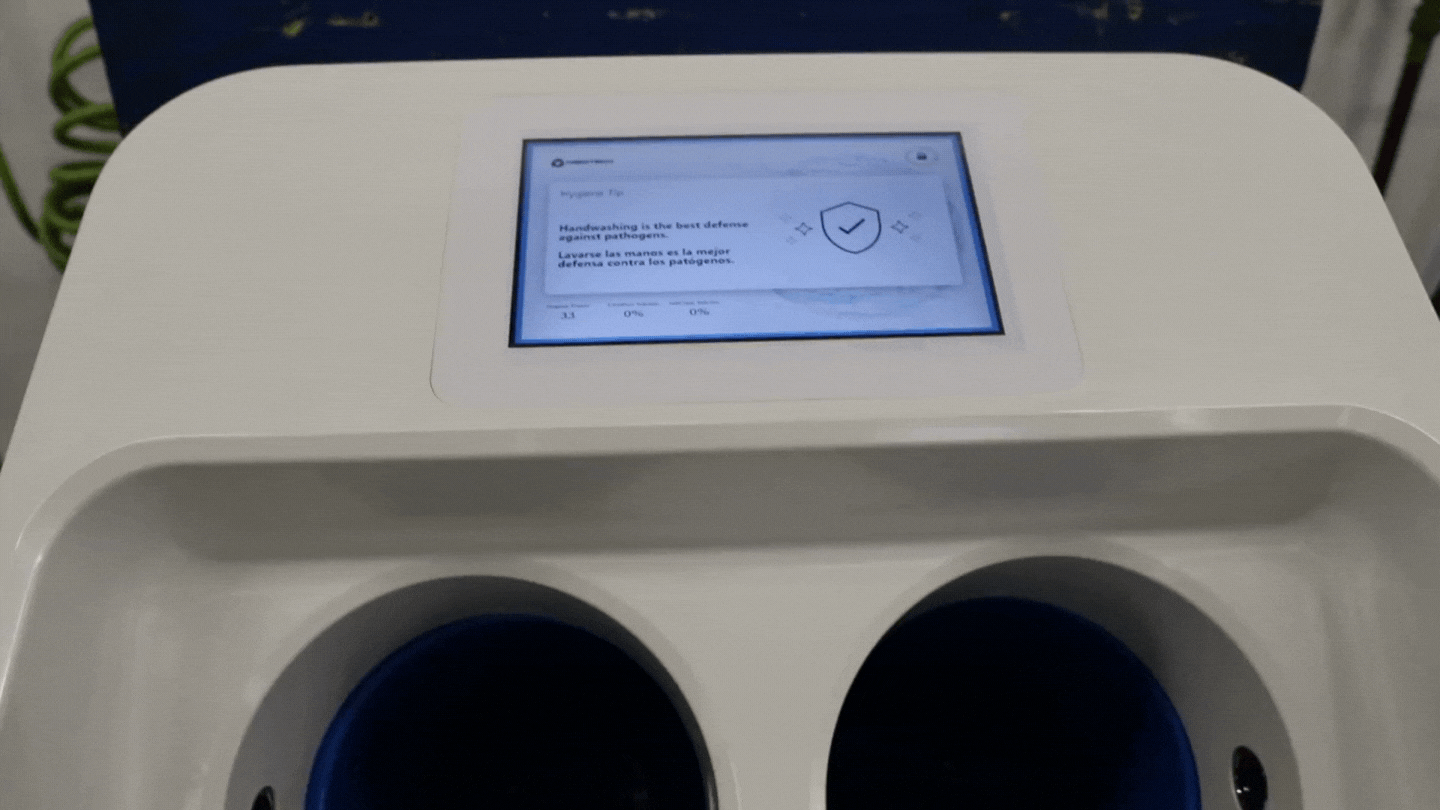Improving Compliance with Hand Hygiene Monitoring Systems
Food safety is an absolute priority in every food processing facility. It is crucial to maintain the highest standards of hygiene in order to prevent foodborne illnesses and uphold consumer confidence. One vital element of cleanliness is the implementation of effective hand hygiene practices. However, ensuring compliance with hand hygiene protocols can be a daunting task in large food processing facilities. In this blog post, we will delve into the significance of hand hygiene monitoring systems and explore effective strategies for enhancing compliance within food processing facilities.
The Significance of Hand Hygiene Monitoring in Food Processing Facilities
 Proper hand hygiene is essential in food processing facilities to safeguard against the transmission of harmful pathogens, such as bacteria and viruses. With numerous hands coming into contact with food items during production, maintaining strict hand hygiene practices is vital to prevent cross-contamination and ensure consumer safety.
Proper hand hygiene is essential in food processing facilities to safeguard against the transmission of harmful pathogens, such as bacteria and viruses. With numerous hands coming into contact with food items during production, maintaining strict hand hygiene practices is vital to prevent cross-contamination and ensure consumer safety.
Learn more about the importance of food safety monitoring
Compliance Challenges in Food Processing Facilities
Maintaining consistent adherence to hand hygiene protocols can be a daunting task for a variety of reasons:
-
High Employee Turnover: Maintaining consistent training and adherence to hand hygiene protocols becomes a formidable task in food processing facilities due to the frequent turnover of staff.
-
Varying Degrees of Hygiene Awareness: Due to differences in employee knowledge and awareness regarding the significance of hand hygiene, there may be a lack of consistency in practices.
-
Time Constraints: The fast-paced environment of food processing facilities often results in employees sacrificing proper hand hygiene due to time constraints and the demands of meeting production targets.
-
Monitoring Difficulties: Supervisors and managers often encounter difficulties in efficiently overseeing and implementing hand hygiene protocols throughout the entire facility.
Learn how to improve compliance with automated hygiene
Improving Compliance with Hand Hygiene Monitoring Systems

In order to tackle the obstacles linked to hand hygiene compliance, food processing facilities have the opportunity to employ a variety of effective strategies.
-
Implementing Training and Education Programs :It is crucial to regularly conduct comprehensive training sessions for all employees, including new hires, to emphasize the critical importance of hand hygiene in maintaining food safety. These sessions should cover essential topics such as proper handwashing techniques, the significant role of hand hygiene, and the potential risks associated with non-compliance.
-
Post Visual Reminders: Display clear and informative signage near handwashing stations to serve as a visual reminder for employees to follow proper hand hygiene procedures. These visual cues not only reinforce good practices but also provide constant reminders to prioritize cleanliness.
-
Establishing Hand Hygiene Champions: Appoint employees from diverse departments as "hand hygiene champions." These individuals can serve as role models, advocate for good practices, and offer support or reminders to their peers as needed.
Utilizing Hand Hygiene Monitoring Systems: One innovative solution to tackle the challenges of hand hygiene compliance in food processing facilities is the use of CleanTech® Automated Handwashing Station as a hand hygiene monitoring system. CleanTech® is a cutting-edge handwashing technology that removes more than 99.9% of pathogens every time. By utilizing touchless hand washing that is activated by sensors, CleanTech® can meticulously track and document handwashing activities. This allows supervisors and managers to discern patterns of compliance and gain valuable insights for improvement.
-
Real-Time Feedback and Incentives: Utilize the data gathered from hand hygiene monitoring systems to provide immediate feedback to employees. Implementing positive reinforcement, such as acknowledging and rewarding consistent compliance, can greatly enhance overall commitment to following hand hygiene protocols.
-
Regular Audits and Inspections: Regularly conduct audits to evaluate the adherence to hand hygiene protocols across the entire facility. These thorough inspections serve as valuable tools for identifying any areas that may need improvement or attention, enabling management to swiftly implement corrective measures as needed.
Maintaining impeccable hand hygiene practices is of utmost importance in food processing facilities to prevent the spread of foodborne illnesses and protect public health. By implementing efficient hand hygiene monitoring systems and utilizing strategies to enhance compliance, food processing facilities can guarantee that their employees consistently adhere to the highest standards of hygiene. Investing in comprehensive employee education, harnessing technological advancements, and fostering a culture of responsibility will ultimately result in safer food production and instill greater confidence in consumers.
Learn 5 Strategies for Improving Hand Hygiene Compliance in our upcoming webinar!






